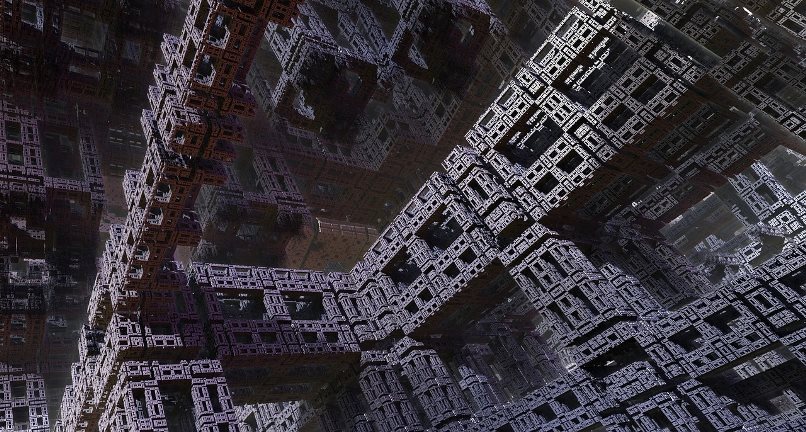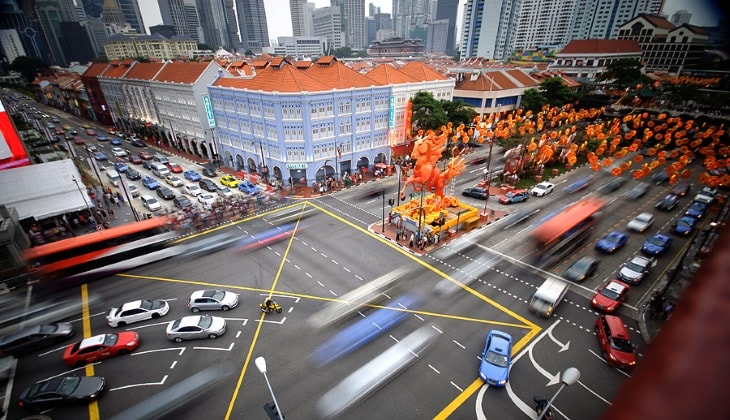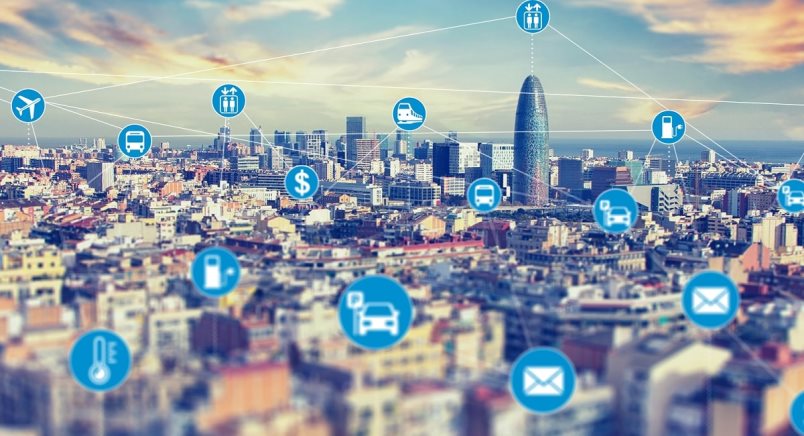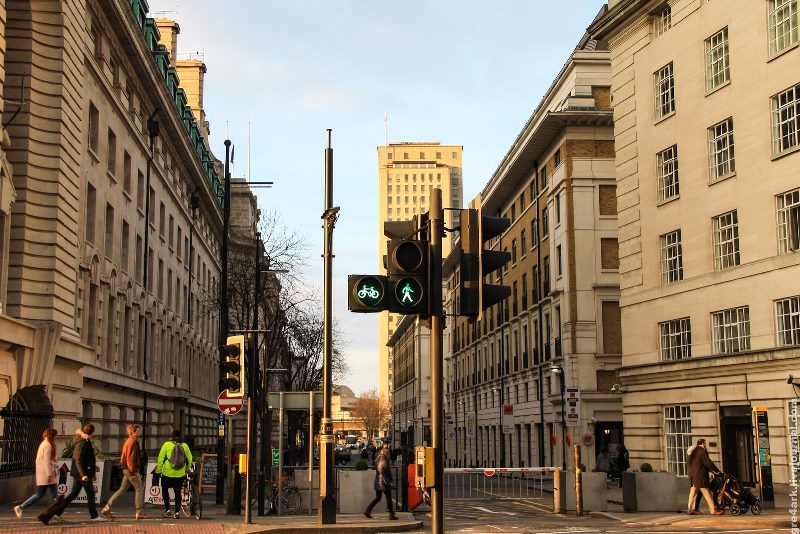Виртуальный “город мечты”: как цифровые технологии меняют жизнь
Виртуальные города не отыщешь на карте и не разглядишь в атласе мира. Тем не менее, они незримо присутствуют рядом с нами – а порой даже вторгаются в личное пространство, хотя мы об этом не подозреваем. Как выглядит цифровой город и почему от него зависит наше будущее?
Большие города: на стыке виртуала и урбанизации
Цифровой, или виртуальный город – это пространство, в котором информация об инфраструктуре, промышленности, сельском хозяйстве, ЖКХ, экологии, дорожном движении зафиксирована в электронной базе данных. Словом, все те сведения, которые издавна хранились в инстанциях в пыльных папках с документами, переведены в цифровой формат.
Дальше – больше.
Повсюду в городе находятся специальные датчики, которые фиксируют наши IP-адреса и собирают прочие данные о передвижении людей, работе устройств и производства в целом.
Эта информация стекается в некий центр, “сердце” виртуального города. Там данные подвергаются анализу, и совершенный искусственный интеллект выдаёт вердикт – какие процессы необходимо изменить, что модернизировать или адаптировать под нужды населения. Рекомендации из центральной точки доступа в виде сигналов поступают обратно, в приборы и устройства, окружающие нас на каждом шагу. Гаджеты вокруг нас функционируют так, как приказано “сверху”. Компьютер ежедневно управляет нашим существованием…
Звучит слегка утопично? Как бы не так!
Концепция виртуального города не возникла сама по себе. Изначально мы наблюдали успешную реализацию Интернета вещей в “умных домах”, где каждый гаджет и прибор подключались к сети – и управление также осуществлялось централизованно. Затем идея IoT, заставившая весь дом функционировать для удобства хозяина, перешла на новый уровень – и появились проекты виртуальных городов.
Сможет ли виртуальный город изменить ход времени?
… В 2015 году на саммите ООН присутствовали представители 193 государств. Они единодушно признали, что мир находится на пороге катастрофы. Хотя человек считает себя совершенным созданием природы, ему не удаётся справиться с экологическими проблемами, нищетой, войнами и стихийными бедствиями. Было признано, что технологии, которые мы долгое время использовали для собственного удобства и комфорта, должны послужить на благо цивилизации. Так, во время саммита, лидеры государств единогласно поддержали Цели Устойчивого Развития. Согласно этой концепции, планировалось внедрить Интернет вещей на государственном уровне. При этом, автоматизированное производство должно сохранять экологию.
Например, идея “умного” дорожного движения и смарт-светофоров может преодолеть огромное количество аварий в мегаполисах и таким образом сократить смертность. Это реализуется следующим образом. На светофор установлен датчик, фиксирующий количество машин на дорогах и людей на улицах. Информация передаётся в общий центр, откуда движение (а значит, и количество объектов на дороге) регулируется в режиме реального времени.
Другой пример: на заводах устанавливаются датчики, определяющие уровень загрязнения атмосферы и его источники. Компьютер мгновенно понимает решение о необходимости закупки специального оборудования или регуляции зловредных механизмов. Экология спасена.
Все ещё кажется, что концепция виртуального города выглядит несколько сказочной? На самом деле, с 2015 года она медленно, но уверенно занимает позиции в современном обществе.
Как виртуальная реальность становится частью мегаполисов?
В некоторых мегаполисах виртуальная реальность стала неотъемлемой частью жизни. Например, жителей Сингапура называют смарт-нацией: здесь строят цифровое правительство, digital-общество и электронную экономику. Жители Сингапура планируют развивать пять сфер при помощи продвинутых технологий. А именно, здравоохранение, образование, транспортную систему, урбанистические решения и финансовое дело.
На данный момент, эта концепция реализована следующим образом. В медицине:
- телемедицина позволяет проводить видео-консультации и общаться с докторами в чате, если возникает такая потребность;
- телереабилитация – это возможность для пациентов выполнять реабилитационные упражнения, фиксировать результаты при помощи гаджетов (таких, как фитнес-браслеты) и отправлять данные лечащим врачам, которые корректируют программу тренировок;
- веб-портал HealthHub предоставляет пациентам доступ к историям болезни, медицинским картам и результатам лабораторных исследований.
Жителям Сингапура удалось изменить логистику:
- SimplyGo – это система выдачи проездных документов, при которой пассажиры пользуются бесконтактной картой MasterCard или оплачивают проезд в общественном транспорте по смартфону;
- технология вождения общественного транспорта без водителя реализована в виде электрического самоуправляемого автобуса, в который вмещается до десяти человек. Такой транспорт основан на технологии спутниковой навигации, при которой сенсоры в режиме реального времени сканируют окружение и определяют местоположение.
Что касается образования, здесь работают над улучшением коммуникации:
– так, Министерство Образования запустило мобильное приложение Parents Gateway, которое показывает родителям проекты, в которых заняты их дети.
Что касается урбанизации, правительство Сингапура заинтересовано во внедрении дронов, которые контролируют безопасность в различных районах.
Говоря о финансовой системе, разработчики виртуального пространства стремятся запускать программы, которые бы помогали молодёжи воплощать успешные бизнес-проекты и получать консультации профессионалов.
Сингапур – не единственное место, где идеи виртуальной реальности пользуются успехом. Вот еще несколько примеров.
В Барселоне всерьёз обеспокоены уличным движением и проблемами, возникающими на дорогах. Поэтому городские планировщики внедрили такие смарт-технологии, как датчики, отражающие наличие свободного места на парковке, и сенсоры для мониторинга качества воздуха и городского шума.
Также в городе есть бесплатный Wi-Fi в общественных местах. Правда, несмотря на то, что современные технологии обеспечить наш комфорт, <нельзя забывать о хакерских угрозах, которые особенно актуальны в случае с незащищённым Wi-Fi соединением. По крайней мере, если вы путешествуете, и вам срочно нужно провести транзакцию с корпоративного аккаунта, подключившись к публичному Wi-Fi, включите VPN, дабы избежать взлома.
Пока читатели вспоминают правила кибербезопасности, мы отправляемся дальше и посещаем следующий город, где чтят смарт-технологии, – Лондон. Здесь намерены значительно улучшить экологию. На дорогах стоят специальные датчики, фиксирующие уровень загрязнения воздуха. Через приложения информация о состоянии окружающей среды доходит до водителей Лондона и предлагает выбрать такой маршрут, который можно считать более экологичным.
Тёмная сторона вещей
Разработчики проектов утверждают, что в виртуальных городах будет легче обеспечивать безопасность граждан, ведь личность каждого жителя будет занесена в базу данных онлайн.
С другой стороны, один из проектов в Торонто пришлось закрыть, потому что жители взбунтовались, говоря о грубом вмешательстве в личное пространство человека. Так, обязательным условием проживания в виртуальном городе является ношение включенного смартфона, с доступом в Интернет, что позволяет отследить местонахождение и другие детали частной жизни по IP-адресу. А значит, делает человека абсолютно уязвимым.
Хотя конкретный проект пришлось положить “в стол”, есть немало других планов в мегаполисах мира, которые вот-вот осуществятся.
Это значит, что каждому любителю современных технологий необходимо знать, что происходит в мире кибербезопасности. И понимать, что такое персональные данные и кому нужно их предоставлять. А также мониторить, какие хакерские атаки в данный момент происходят в мире, и защищать от взлома хотя бы собственные аккаунты.
Эксперт в области интернет-маркетинга. Руководитель маркетингового агентства MAVR.
Бизнес-степень «Мастер делового администрирования» (MBA).





